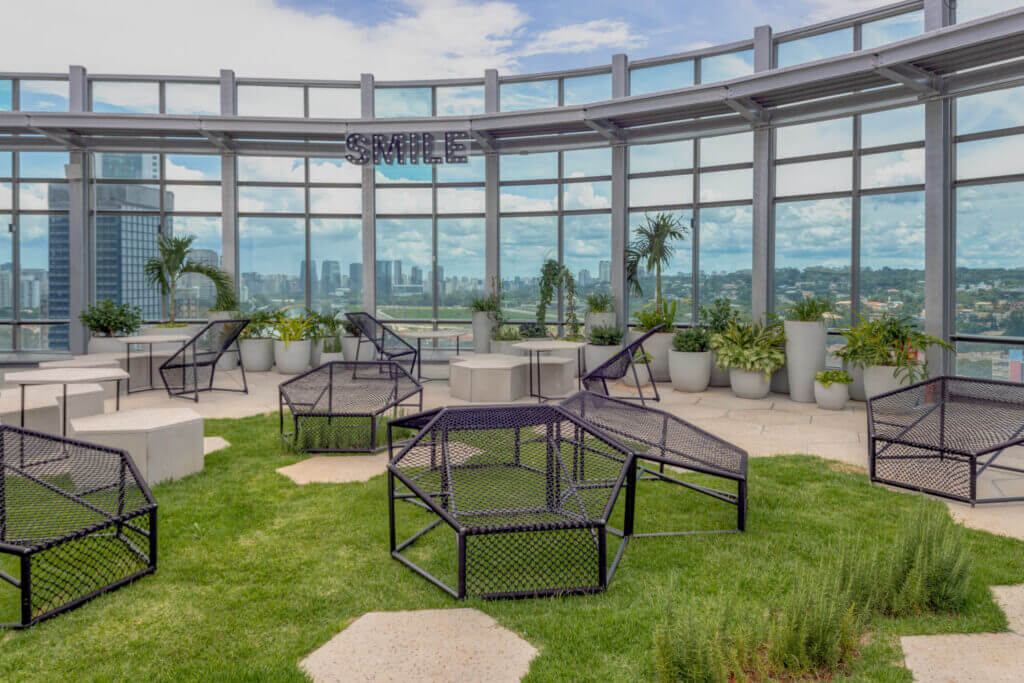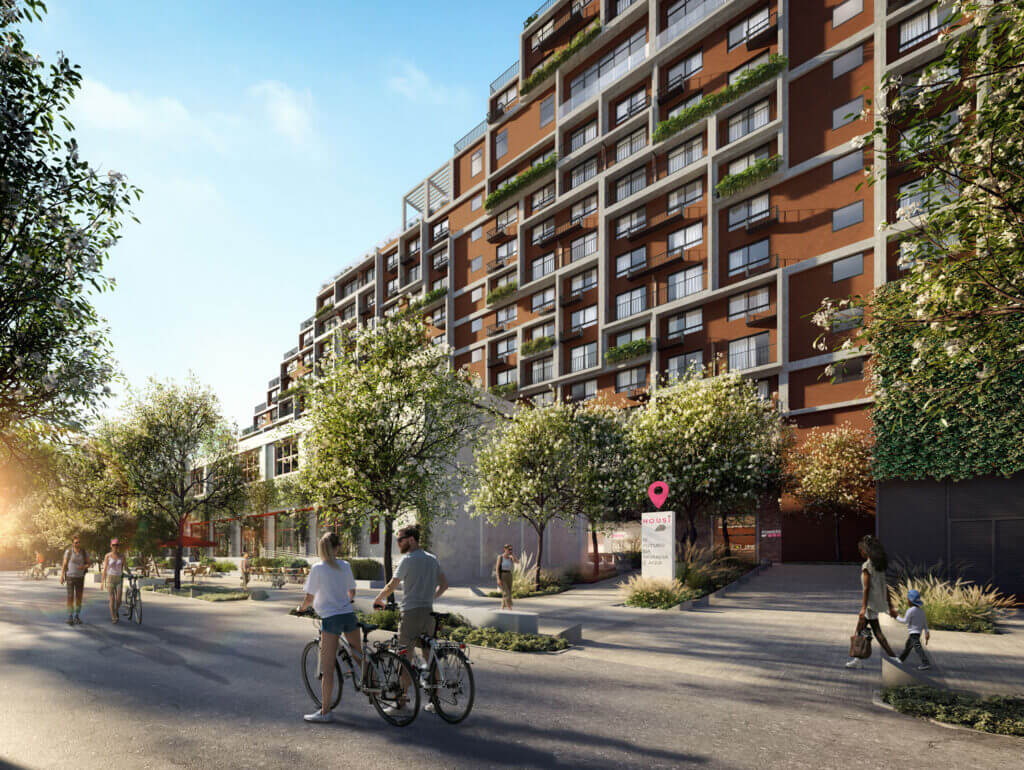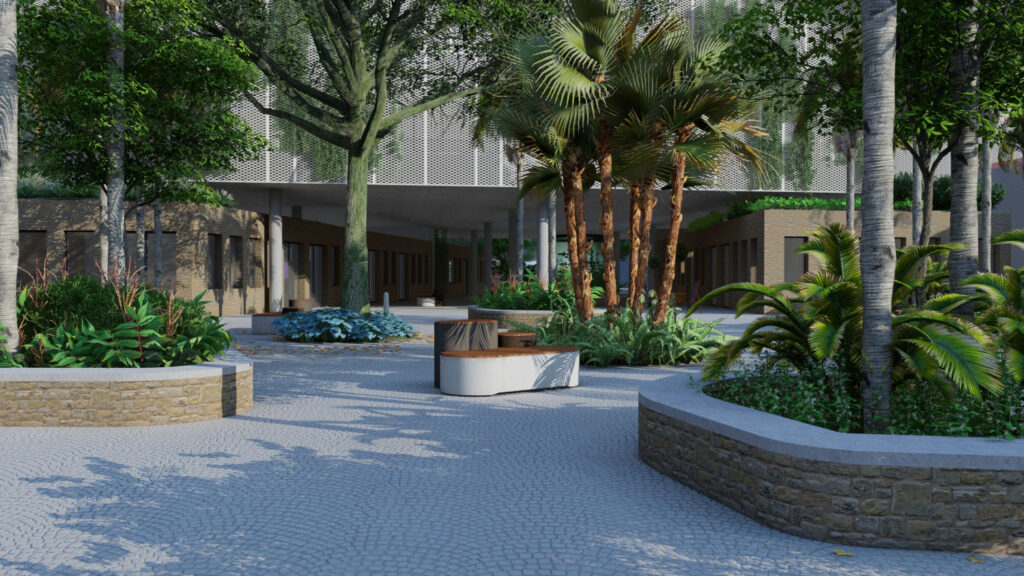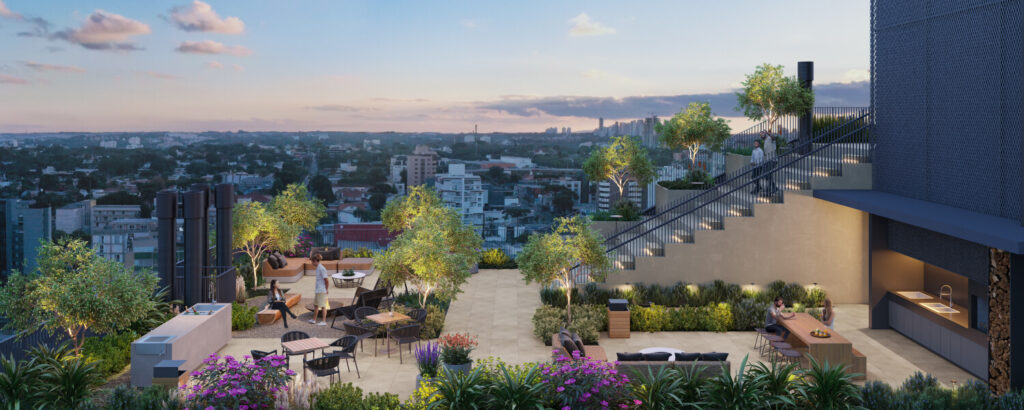Design is far from being a new concept. Ever since we, as thinking beings, started to master tools and build structures around our communities, we can be said to apply design.
Despite this, for a long time, it was marked by its exploratory character, with the ostensive use of raw materials that cause imbalance in nature and society as a whole.
Fortunately, the concept of sustainable architecture design has gained strength in recent years, showing that there are alternatives for economic development that minimizes its impacts.
If you want to know what sustainable design is, or how to apply it in your daily life, read this article that we have prepared for you.
What is sustainable design?
The term design refers to the practice of creating and developing solutions to make our lives more comfortable and complete. Sustainable design, in turn, also has the same objective, but with the concern to ensure that this development respects the rules of sustainability.
For this reason, care is taken with the designed products, from the extraction of the raw material, through the ethical use of labor to manufacture them, to the commercialization of the final product.
Objetivos do design sustentável
O design sustentável visa não apenas criar produtos e espaços que atendam às necessidades humanas, mas também garantir que esses processos respeitem o meio ambiente e a sociedade.
Abaixo estão alguns dos principais objetivos que norteiam essa prática:
Redução do impacto ambiental
O principal objetivo do design sustentável é minimizar o impacto negativo sobre o meio ambiente.
Isso envolve a escolha de materiais que sejam renováveis, recicláveis ou biodegradáveis, assim como a implementação de práticas de produção que reduzam a poluição e o consumo de recursos naturais.
Eficiência energética
O design sustentável busca promover a eficiência energética ao utilizar fontes de energia renováveis e ao criar produtos que consumam menos energia durante seu ciclo de vida.
Isso não apenas reduz os custos operacionais, mas também contribui para a mitigação das mudanças climáticas.
Saúde e bem-estar
Garantir que os produtos e espaços projetados sejam seguros e saudáveis para seus usuários é fundamental.
O design sustentável considera a toxicidade dos materiais e seu impacto na saúde humana, promovendo ambientes que melhoram a qualidade de vida.
Apoio à economia circular
O design sustentável incentiva a economia circular, onde os produtos são projetados para serem reutilizados, reciclados ou compostados.
Isso reduz a quantidade de resíduos gerados e promove uma abordagem mais sustentável em relação ao consumo.
Responsabilidade social
Este tipo de design não apenas considera o impacto ambiental, mas também aborda questões sociais.
O design sustentável promove práticas de trabalho éticas e justas, garantindo que todos os envolvidos na cadeia de produção sejam tratados com dignidade e respeito.
Conexão com a natureza
Promover uma maior conexão com o meio ambiente é outro objetivo do design sustentável.
Isso pode ser alcançado através da criação de espaços que integram elementos naturais, proporcionando aos usuários um ambiente que estimula a harmonia com a natureza
Sustainable design practice
One of the greatest innovations in sustainable design lies in its proposal to see all the production processes of an element as an interdependent chain, not as isolated phenomena.
In it, a number of factors are taken into account; we can highlight, for example, the concern with packaging, transport, points of sale and even the possibility of recycling or reuse.
This means that, when buying a product produced in accordance with sustainability rules, you can be sure that you are purchasing more than just a piece of furniture, as you are supporting an idea, a new way of producing, minimizing damage. environmental and social.
Approaches and characteristics of sustainable design
Products designed within sustainability parameters are often simpler and minimalist. Sometimes they are made from recycled materials, whether natural or synthetic.
However, this does not mean that such materials are made to not last – quite the contrary. Increasing product life is also one of the main objectives of sustainable design, in order to avoid premature disposal of items.
In addition, the production of products like these must be done using renewable energy sources, and must not pose a risk to human health.
Advantages of sustainable design
Sustainable design is an essential factor for companies and institutions that are concerned with sustainability as one of their values. The benefits of practices like these go far beyond branding, as shown in the topics below:
Optimized cost
Because the use of recycled materials is widespread in sustainable design projects, the cost for production is lower.
Minimizes impacts on the environment and society
Sustainable design practices are concerned with impacts on nature and, therefore, their harm is minimized. In addition, sustainability in production also guarantees more ethical means in the use of labor, reducing inequalities.
Adds value to the company
In addition to increasing the quality of products, the sustainable development of a company adds value to its proposal and values its performance in society.
Discover the work of Plantar Ideias
Plantar Ideias is an architecture studio whose purpose is to apply sustainable design, promoting the creation of spaces that unite well-being and contact with the environment. Visit our website and learn about our projects.
See too: minimalist garden | Edifícios comerciais | Design biofílico





